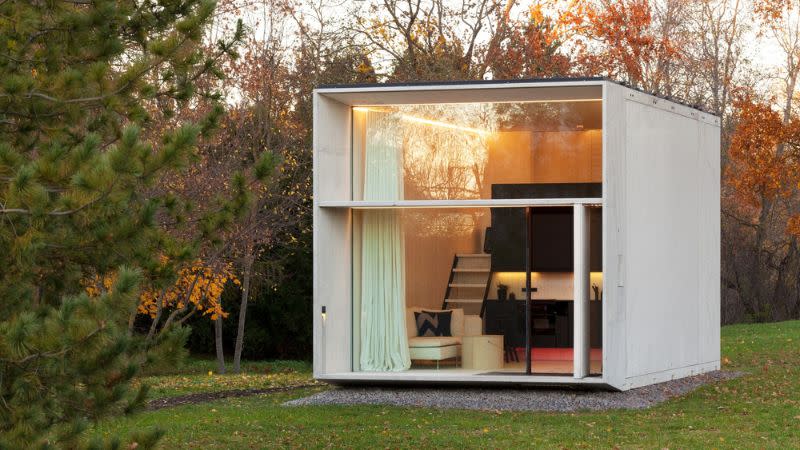Resources
Newsletter
Stay up to date and with the latest news, projects, deals and features.
Subscribe
Australia should learn from international examples of public-private partnerships, and 3D-printed and modular homes to solve the housing crisis.
Growing populations and declining residential construction pipelines meant that change was imperative, PRD chief economist Dr Diaswati Mardiasmo has told a Property Council of Australia event in Brisbane.
However, she highlighted some of the work being done globally to cut construction costs and timelines that Australia could and should learn from, despite the bleak outlook.
“So what are the options? Suggestions include build-to rent, asset repurposing, community-based land initiatives, public-private partnerships, modular homes and also shopping container, 3D-printed and tiny homes,” she said.
Laying out examples, Dr Mardiasmo highlighted the Richmond East Housing Co-Operative, a11-storey, 85-unit development in Toronto, that is a collaboration between the city council and a hospitality workers union, with tenants primarily from the service industry.
Asset repurposing has been a boon in other countries too, such as Vancouver’s co-housing Quayside Village, where existing materials were repurposed when it was turned into a co-living development,
In Dubai, the government is targeting 25 per cent of buildings to be 3D-printed by 2030.
Mathew Aitchison of Building 4.0 CRC, an industry-led research initiative co-funded by the Australian government, said that technology-driven construction will be the way forward.
Many of these options seem futuristic given the technology-averse state of Australian construction and development.

“It’s all about coding; the entire building production value chain has been coded and automated,” Aitchison said.
“It is very different from the industry which has a number of software vendors, and where packages of software and consultants working in concert.
“It takes enormous amount of time and energy out of the process and the design and development time is halved.”
Modular developments across the world were discussed, including Estonia’s KODA by Kodasema, a compact modular home product introduced into the UK in response to its housing crisis, and launched in Australia in late 2022.
Elsewhere, the next frontier is scaling multi-storey modular, but the issue with growing the sector in Australia is ‘short-termism’, Aitchison said.
“The quick answer [to why Australia is not on par with other countries in terms of innovative housing solutions] is time.
“Our industry really suffers from short termism and places we’ve seen [those solutions] work have a much longer time frame than we see today in Australia.
“[Other countries have] been at it for decades, slowly and incrementally improving, and that’s the long-term thinking we need.”

A fundamental change to the way we think about construction needs to happen, he said.
“We’re constrained with labour force, constrained with land ... why aren’t we doing simple things to make efficient, well-designed houses.
“Why isn’t there variety—different subdivision types and models ... we can make housing that is more flexible, that allows for dual occupancy or a sublet if the family needs to augment income.
“All these things are simple, but we don’t see them here and that’s a challenge to the industry.”
Tamika Smith, founder of My Bella Casa said there was a need to start looking at projects at scale.
“[We should look at] innovation as a bigger picture,” she said.
“With off-site construction, the stigma that is catching up is we can build off site at high quality, everyone is catching onto that, but methods are only as good as the outcomes they deliver.”